Snapping hip syndrome
Table of Contents
Introduction
- Snapping Hip Syndrome also called Coxa Sultans, is a condition that is characterized by a snapping sensation, and/or audible “snap” or “click” noise, in or around the hip joint when it is moved.
- There are various causes for Snapping Hip Syndrome, which can be classified as external, internal, or intra-articular in origin.
- In this condition, You may feel Hip pain with muscle weakness interfering with your functional mobility. This may lead difficulty to perform a day-to-day activity
- Snapping hip syndrome is more common in women than men, though it can affect people of all genders and ages.
- Most cases of Snapping Hip Syndrome are benign and common to the living population.
- Symptomatic people may experience pain or weakness during hip movement mostly flexion and extension which limits participation in their activities.
Definition
- Snapping hip syndrome is a condition that is characterized by a snapping sensation, and/or audible “snap” or “click” noise, in or around the hip when you doing any hip joint motion.
Classification of the snapping hip syndrome
There are three types of snapping hip syndrome
- External Snapping hip syndrome (occurs on the outside of the hip)
- Internal Snapping hip syndrome (occurs in front and just inside the hip)
- Intra-articular Snapping hip syndrome (occurs inside the hip joint)
External Snapping hip syndrome
- These patients may describe a sense that the hip is dislocating due to severe pain.
- People with external Snapping hip syndrome will usually have a gradual onset of snapping or severe pain.
- Generally, Pain or snapping is located laterally over the greater trochanter.
- People with external Snapping hip syndrome could also have coxa vara, fibrotic scar tissue, a prominent greater trochanter, smaller lateral pelvic width, or a past surgery for anterolateral knee instability, and this is common in men and women
Internal Snapping hip syndrome
- These patients describe a painful sensation coming from deep within the anterior groin mostly at the hip as they move their hip from flexion into extension or external rotation quickly or gently.
- The snapping movement can produce an auditory clunk or click noise.
Intra-articular Snapping hip syndrome
- Articular cartilage injury that lines the ball or the socket of the hip joint at the articulation.
- Acetabular labral tear or injury to the cartilage that rings your hip socket creates more pain.
- Broken bone fragments of loose tissue that become trapped between your hip joint.
Sign and Symptoms of Snapping hip syndrome
- Sometimes, It causes no pain, but you may feel a clicking or popping sound or sensation when flexing your hip.
- Hip pain
- inflammation
- leg muscle weakness when trying to move your hip especially sideways or forward or any hip motion.
- swelling
- difficulty with regular physical activity such as walking or rising from your chair and stair climbing.
- feeling like your hip is coming out of place or like dislocated.
What are the Causes of Snapping hip syndrome?
causes are various according to their types
- Tightness in the Iliopsoas muscle/tendon
- Having a tight iliopsoas will affect the range of pure extension available in the hip.
- Tightness in the iliopsoas could be caused to:
- Injury to the Hip Flexors
- Position-related (eg. prolonged sitting)
- Repetitive hip flexion/external rotation
- Weakness hip flexors
- Past injuries/Trauma
- Thickening of the tendon (Post-inflammatory)
- The rotated pelvis is the most common snapping deformity.
- Mostly snapping is caused by the movement of a muscle or tendon over a bony structure in the hip.
- when you bend your hip snapping noise will be heard because the iliotibial band passes over part of the thigh bone that juts out called the greater trochanter.
- The iliopsoas tendon, which connects to the inner part of the upper thigh also snaps with hip movement in some cases.
- cartilage tears or bits of broken cartilage or bone in the joint space can cause snapping and a loose piece of cartilage can cause the hip to lock up.
- Another site of snapping is where the ball at the top of the thigh bone fits into the socket in the pelvis to form the hip joint(at the acetabulum).
Differential diagnosis
- Hip arthritis
- Meralgia paresthetica
- Tumors in the hip
- Hip joint synovitis
- Intra-articular hip disorders
- Trochanteric bursitis
- Iliopsoas bursitis
- Iliotibial band syndrome
- Iliopsoas syndrome
Diagnosis
- Iliopsoas bursography combined with fluoroscopy
- Dynamic ultrasonography
- Magnetic resonance imaging
- Magnetic resonance arthrography
Special test
For external snapping hip
- Ober’s Test
- Hula-Hoop test
- A version of the FABER test
For Internal Snapping Hip
- The Stinchfield test
- Thomas Test
- Iliopsoas stress test
Treatment of Snapping hip syndrome
- Treatment for snapping hip syndrome often involves manual therapy techniques as well as specific stretches for muscles that might be abnormally tight, and to correct any muscle imbalances.
- Medical treatment
- Physiotherapy treatment
- Surgical treatment
Medical treatment
- pain relievers
- cold compress
- NSAIDs and COX-2 inhibitors
- Steroid injections
Physiotherapy treatment for Snapping hip syndrome
- Physical therapy can help loosen tension in the hip, strengthen, and heal the muscles and tendons causing snapping of the hip.
Stretches for the Snapping Hip Syndrome
- People with external hip snapping may benefit from stretching the IT band regularly.
- People with internal hip snapping may benefit from stretching the hip flexors.
- Stretching helps to increase the range of motion.
Iliotibial band stretch
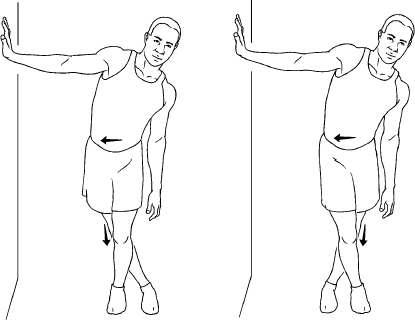
- stretching the outside of the hip.
- standing with the support of the wall.
- Cross the leg which is near the wall behind your other leg.
- Take your hip toward the wall until you feel a maximum stretch at the lateral side of your hip.
- Hold the stretch for 30 seconds.
- Cross the leg behind your other leg which is further from the wall and movement should be done in a pain-free range.
- do this for 2 to 3 times daily with 10 to 12 reps.
Iliopsoas stretch for internal snapping hip syndrome
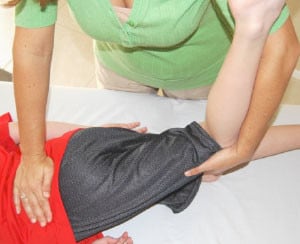
- Assume the lunge position.
- The back of the hip will be the side that will be stretched.
- Keep the pelvis facing directly forwards.
- Tilt the pelvis backward.
- Tuck your tailbone underneath you.
- Lunge forwards.
- Push the hips forwards.
- It is effective that you can feel a stretch at the front of the hip.
- To increase the stretch lean backward and tilt your torso away from the side being stretched.
- Hold for 2 minutes.
- do it for 2 to 3 times a day in 10 to 12 reps.
Quadriceps stretch

- first, takes a standing position by holding support on the wall.
- then slightly bend your knee of the affected leg then stretch it backward by holding on to the ankle with the hand.
- hold it for 5 to 7 secs.
- then bring it back to normal position and the patient should maintain the balance throughout the exercise.
- do this same movement in another leg.
- movement should be pain-free.
- do this for 2 to 3 times a day with 3 to 5 reps.
Hamstrings stretch
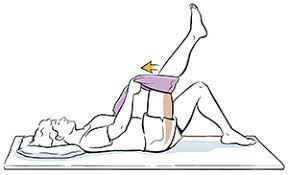
- This will stretches the back of your thigh and just behind your knee.
- Lie on the floor with both knees completely straightened without a small degree of bend.
- Lift one leg off of the floor and bring the knee toward your chest by keeping another leg stable.
- grasp your hands behind your thigh below your knee and press them towards you.
- Straighten your leg and then pull it slowly toward your head until you feel a maximum stretch at the back of your thigh.
- Hold for 30 seconds and then relax.
- Repeat on the opposite side then repeat the entire sequence three times On both legs.
- Tip: Don’t pull at your knee joint.
Piriformis stretch

- Take a supine line with both knees bent,
- Put the ankle of one leg over the knee of your other leg if your hip doesn’t hurt.
- Grasp the thigh of the bottom leg and then pull the knee toward your chest.
- You can feel a stretch along the buttocks and possibly along the lateral of your hip on the top leg.
- You can hold this position for 15 to 30 seconds.
- Repeat 3 times on both sides and do 2 to 3 times a day.
Hip flexor stretch
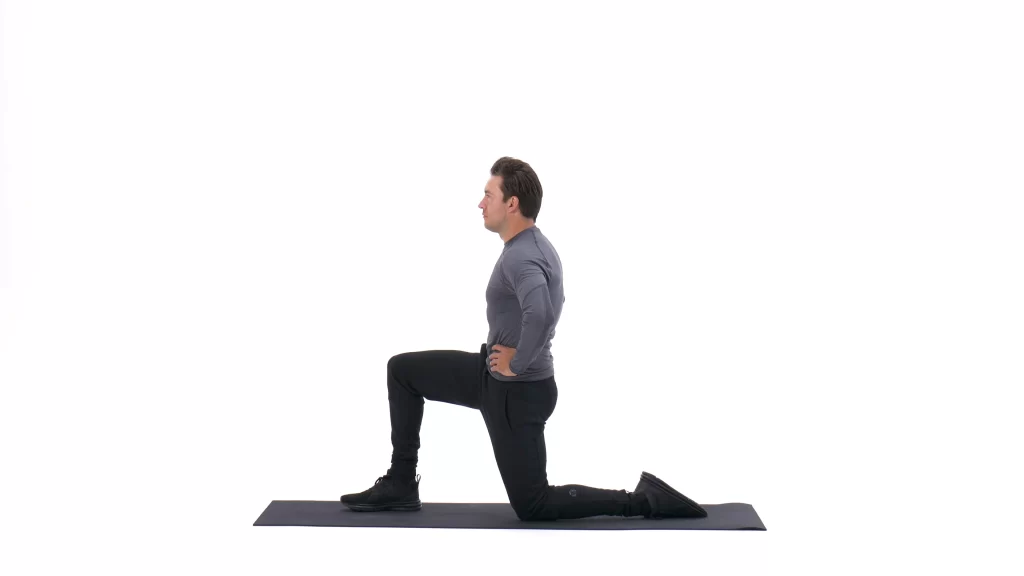
- Stand in a wide walking position.
- Put both of your hands on firm support in front of you if you feel unstable.
- Lean forwards and bend your front knee, push your hips forwards and keep your back straight throughout the movement.
- You can feel a stretch in the front of the hip and thigh of the back leg.
- Hold for 20—30 seconds with 3 to 5 reps.
- do this 2 to 3 times a day.
Clamshell
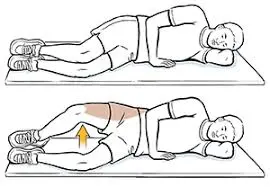
- please take a side-lying position, with your affected hip on top.
- bending your kneed by keeping your feet and knees together.
- Raise your top knee, but keep your feet together throughout the exercise.
- Hold for 5 to 6 seconds.
- Slowly lower your knee back to the normal position.
- Repeat 10 to 12 times and 2 to 3 times a day.
Strengthening exercises
- Improving strength and power in the hip and core Strengthening exercises are key to treatment.
- Exercises for snapping hip syndrome may be performed using resistance bands and free weights.
Hip Extension in prone lying
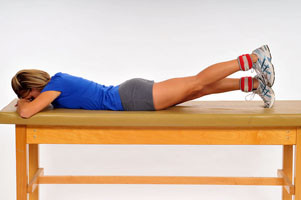
- This exercise Strengthens your buttocks.
- Take a prone position on a flat surface with a pillow under your hips just above the knee.
- your head, neck, and upper body should be relaxed throughout the exercise.
- Bend one knee at 90°.
- Lift your leg straight up without bending at the knee.
- Slowly down your leg back to the normal position on the floor, by counting from 1 to 5.
- after 10 repetitions complete the same exercise on the other side.
- Tip: Start with 10 reps, by using only your body weight; and progress to 15 reps, When that becomes easier, add ankle weights in one kg increments.
- After increasing the weight, start again at 10 reps, working back up to 15.
Heel slide
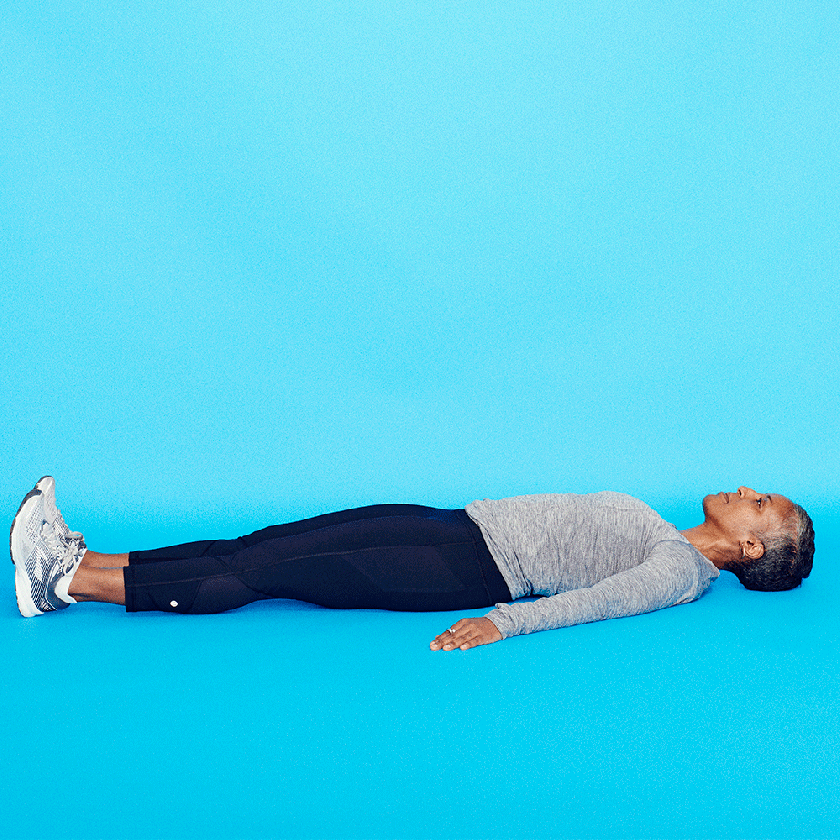
- First, take a supine position on the bed or ground.
- then gently bend your knee by sliding your heel towards your hip.
- movement should be in a pain-free range.
- do the same movement on the other side.
- do this for 2 to 3 times a day with 10 to 12 reps.
Hip abduction (standing)
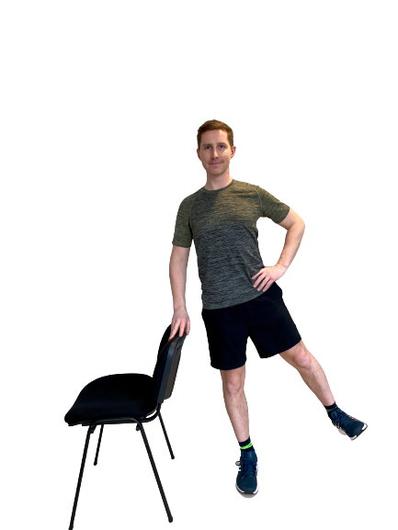
- first, take a standing position with the support of a wall or chair.
- then gently lift your affected leg sideways.
- after that slowly backward your leg to the starting position.
- do this exercise in alternative legs and movement should be in a pain-free range.
- do this for 2 to 3 times a day with 10 to 12 reps.
Surgical treatment for snapping hip syndrome
- The surgeries have potential advantages and risks.
- Each surgery is elective when the condition is too severe.
IT band release
- Surgical release or treatment of the Iliotibial band (ITB) involves cutting out a small portion of the back inside part of the band that rubs against the leg bone (lateral femoral epicondyle) when you flex the knee.
- This surgery takes a time about 30 to 45 minutes and is outpatient.
- It is recommended for people who have persistent and painful inner hip snapping syndrome.
- In this the surgeon makes strategic incisions in the iliopsoas tendon to lengthen it, reducing tension and the likelihood of hip snapping.
- The surgery recovery time is approximately 6 weeks.
- Patients are usually walking reasonably comfortably by 2 weeks and by 6 weeks can generally commence running after the surgery.
- It is important not to over-exert too early after the procedure as this can increase discomfort and swell at the affected part.
- Gradual reintroduction of activities within levels of comfort is recommended.
Arthroscopic hip debridement
- When the snapping hip is caused by a cartilage injury that has resulted in loose pieces of cartilage caught in the hip’s ball and socket joint.
- In this, The surgeon makes a small incision to enter the hip joint cavity and remove debris through arthroscopy.
- You’ll also be required to use crutches for one to three weeks to keep weight off of your hip as you heal after the surgery.
- You’ll need physical therapy to help with healing and getting your range of motion back for a few days after the surgery.
- Expect recovery to take up to six months.
Exercise should avoid during Arthroscopic hip debridement
- Deep Hip Flexion that going to past 90 degrees.
Extreme Rotation that causes pain or muscle strain in the hip. - Heavy Weight Bearing
- This can lead to a quick hip injury.
Exercises you can do after Arthroscopic hip debridement (can start week 3)
Quadruped Rocking
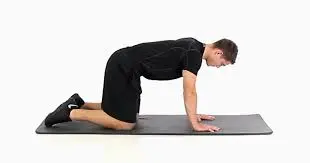
- It is a basic bodyweight warm-up exercise for the quads, glutes, and hamstrings.
- Get on the ground barefoot with the quadruped position.
- Lift your knees off the ground as if you are going to crawl.
- Make sure your toes are tucked under and pushed into the floor while doing this.
- Push the ground away from you and allow your hips and knees to hinge back onto your heels.
- Then Pause at the top of the quadruped position and tuck your pelvis towards your chest. (For a more intense ab exercise hold this position hold for 3 to 5 seconds before rocking back onto your heels.
- Repeat this rocking pattern for 10-15 reps and 2 to 3 times a day.
Cat and camel

- Start on all fours with your arms and thighs vertically planted.
- You have to Start the movement by bringing your head and pelvis towards each other. (the ‘camel’ position)
- Effectively rounding your back.
- Then raise your head and push your hips backward, creating an arch in your back (the ‘cat’ position).
- With each position, extend as far as is comfortable and natural, the goal is not to force an extreme range of motion, but rather to prepare the spine and back for more work.
Core Stability Exercises
- Abdominal crunches are a classic core-strength exercise:
- Lie on your back and place your feet on a wall so that your knees and hips are flexed at 90-degree angles.
- Tighten your abdominal muscles.
- Raise your head and shoulders from the ground.
- Return to the start position and repeat.
Acetabular labrum repair
- If x-rays and MRI show evidence of a muscle tear to the ring of cartilage around the hip joint (socket, or acetabulum).
- During this procedure, an orthopedic surgeon makes several small incisions to access the hip.
- With the help of a special camera device called an arthroscope, the surgeon locates the labral tear and uses surgical equipment to repair it.
- It requires about 6 to 8 weeks to heal to the bone completely.
Exercise or motion you should avoid during Acetabular labrum repair
- Positions of pain such as excessive hip extension jumping, and pivoting should be avoided as they can cause impingement of the hip joint and spasms of the surrounding musculature.
The exercise you can do after Acetabular labrum repair
Prone hip extension
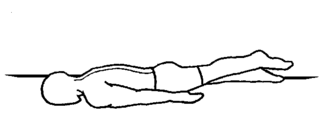
- this exercise can strengthen your buttocks.
- At first, take a prone position on a flat surface with a pillow under your hips just above the knee.
- your head, neck, and upper body should be relaxed throughout the hp extension.
- Bend one knee at 90° and the joint range should be pain-free.
- Lift your leg up straightly without bending at the knee.
- Slowly down your leg back to the starting position on the floor, by holding from 1 to 5.
- Do 10 to 12 reps on each side and 2 to 3 times a day.
- Tip starting at 10 reps, use only your body weight and progress to 15, When that becomes easier, add ankle weights in one kg increments on the affected side of the hip.
- After increasing the weight at the hip, start again at 10 reps, working back up to 15.
hip abduction
- At first, take a supine position and Slide your leg out to the opposite of the other leg another leg should be straight and stable.
- slide your leg as long as you can then bring it back to normal or starting position.
- If the patient can not do him or herself then the therapist should give support through the movement.
- Do this 2 to 3 times a day with 10 to 12 reps.
- Movement should be done in a pain-free range.
- you can do this same exercise on side lying
- By lying on the unaffected side.
Hip hikes
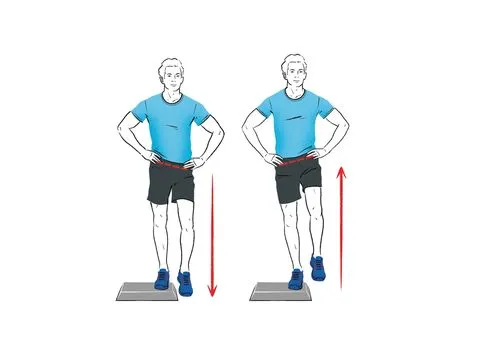
- The hip hike is used for strengthening the hip muscles.
- Lying on your back with your both legs straight.
- Tighten the pelvic floor and abdominal muscles and keep your buttocks and back straight on the floor.
- Hitch one side of your pelvis upwards by tightening the muscles on this side.
- Relax back down and hitch the other side hip up.
- do this 2 to 3 times a day with 10 to 12 reps.
Posterior squats

- You can build strength in your quad muscles, glutes, hamstrings, and your endurance also by this exercise.
lunges
- Forward Lunge
- Set your feet hip-width apart and maintain balance and take a healthy step forward.
- Move your thigh and shin in that position in which a 90-degree of angle will form.

- Lateral Lunge
- Widen out your feet and stand tall.
- Maintain balance throughout the movement.

- Curtsy Lunge
- Stand normally and tighten your core to the maintenance position thus having more stretch on the hip flexor muscle
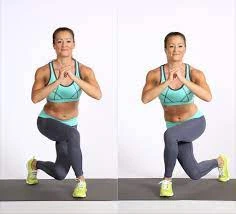
Bridging progression
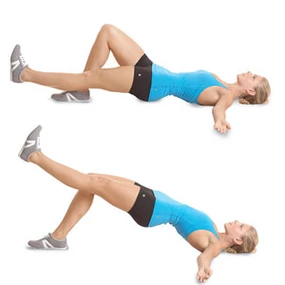
- First, takes a supine position on the ground or floor.
- then bend your both knees and keep a distance between your feet.
- Distance between feet and knees should be the same.
- Then Squeeze your ‘butt’ muscles and lift your hips off the floor.
- Lift and extend 1 leg for progression.
- Keep your abdominal muscles tight and continue to squeeze your ‘butt’ muscle on your stance leg to hold the back stable throughout the movement.
- Keep your leg extended slowly lower your hips toward the floor and movement should be pain-free.
- Raise back up to the normal bridge position.
How to prevent snapping hip syndrome?
- Snapping hip syndrome can be prevented through regular exercise. (if the condition is severe do exercise under the guidance of professionals)
- Warm up before starting a sport or heavy physical activity it can help to increase your repetitions.
- In warm-up should include stretches taught to you by your physical therapist, including those for the muscles on the front, side, and back of the hip.
- Day by day increase the intensity of an activity or sport.
FAQ
Snapping hip syndrome is a condition that is characterized by a snapping sensation, and/or audible “snap” or “click” noise, in or around the hip when you doing any hip joint motion.
Snapping Hip Syndrome also called Coxa Sultans, is a condition that is characterized by a snapping sensation, and/or audible “snap” or “click” noise, in or around the hip when it is moved.
There are various causes for Snapping Hip Syndrome, which can be classified as external, internal, or intra-articular in origin.
For most people, this condition is simply severe however, it may result in both pain and weakness interfering with the patient’s functional mobility.
External Snapping hip syndrome
These patients may describe a sense that the hip is dislocating due to severe pain.
People with external Snapping hip syndrome will usually have a gradual onset of snapping or severe pain.
Generally, Pain or snapping is located laterally over the greater trochanter.
Internal Snapping hip syndrome
These patients describe a painful sensation coming from deep within the anterior groin mostly at the hip as they move their hip from flexion into extension or external rotation quickly or gently.
Intra-articular Snapping hip syndrome
Articular cartilage injury that lines the ball or the socket of the hip joint at the articulation.
IT band release
Arthroscopic hip debridement
Acetabular labrum repair
When we extended the hip from a flexed position of more than 90 degrees, such as when rising from a seated position.
And when we rotate the hip the leg will move away from the body.
Pain gets worsens with this activity, as repeated irritation causes the tendon to become inflamed.
If you’re dealing with snapping hip syndrome and want to do something about the condition then you need to perform exercises designed to increase flexibility as well as strengthen your hips and your core.
These exercises might include Hip flexor stretch and IT band stretch.

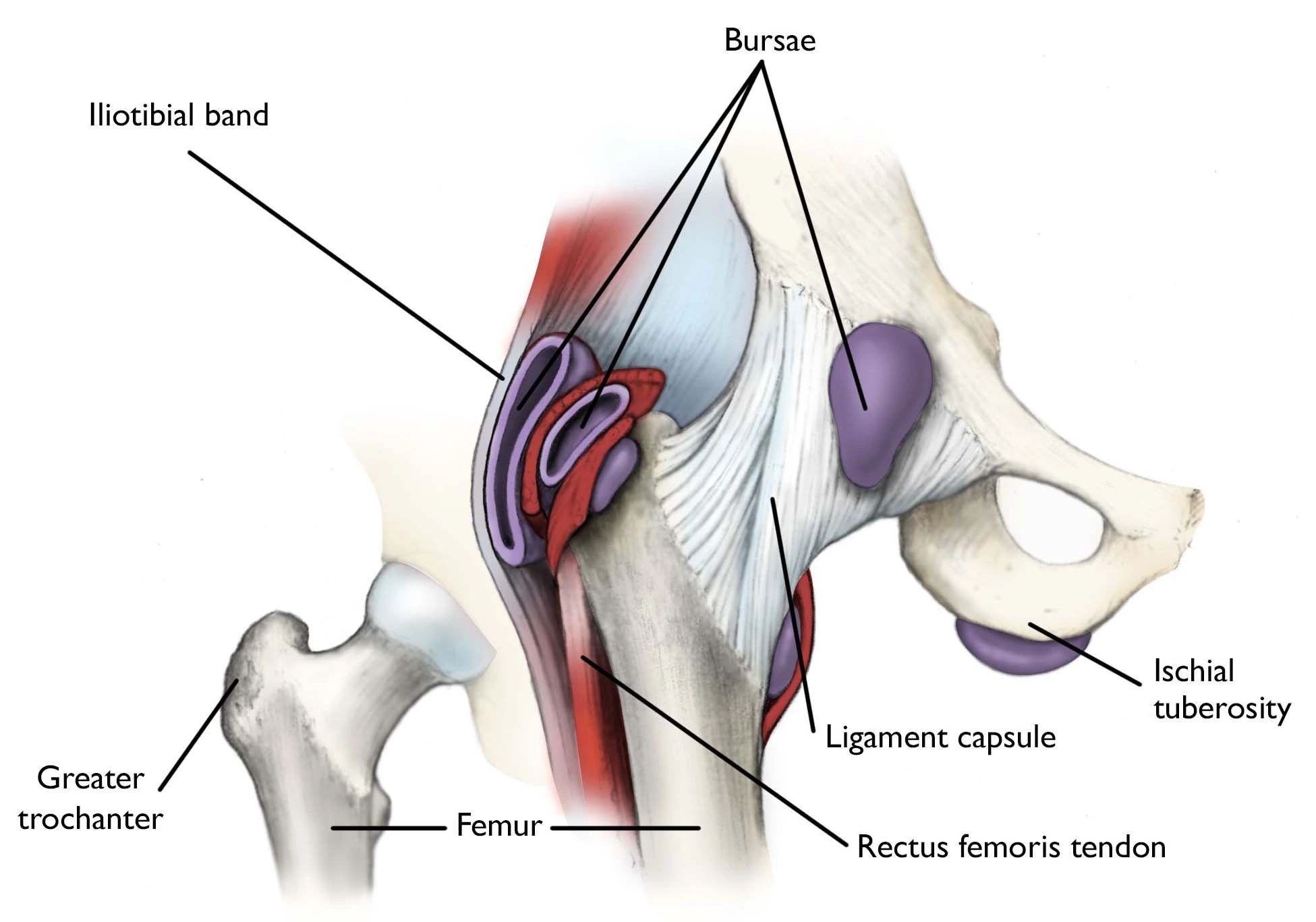


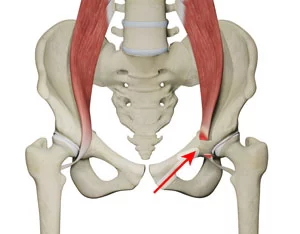
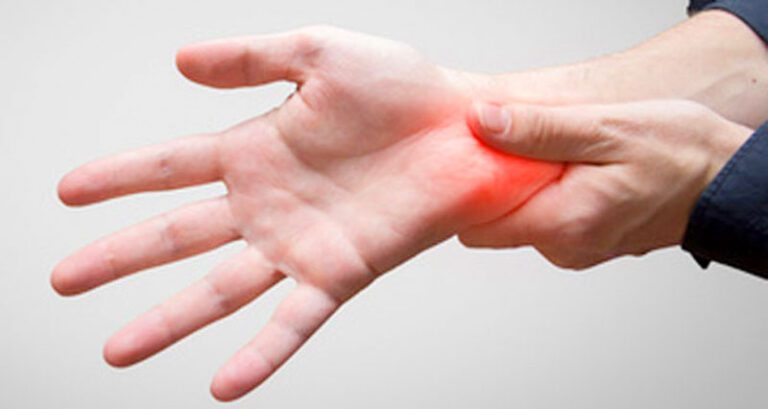
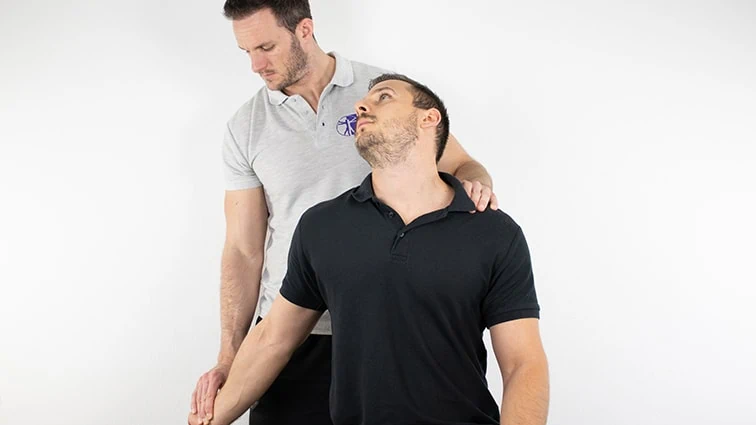
One Comment